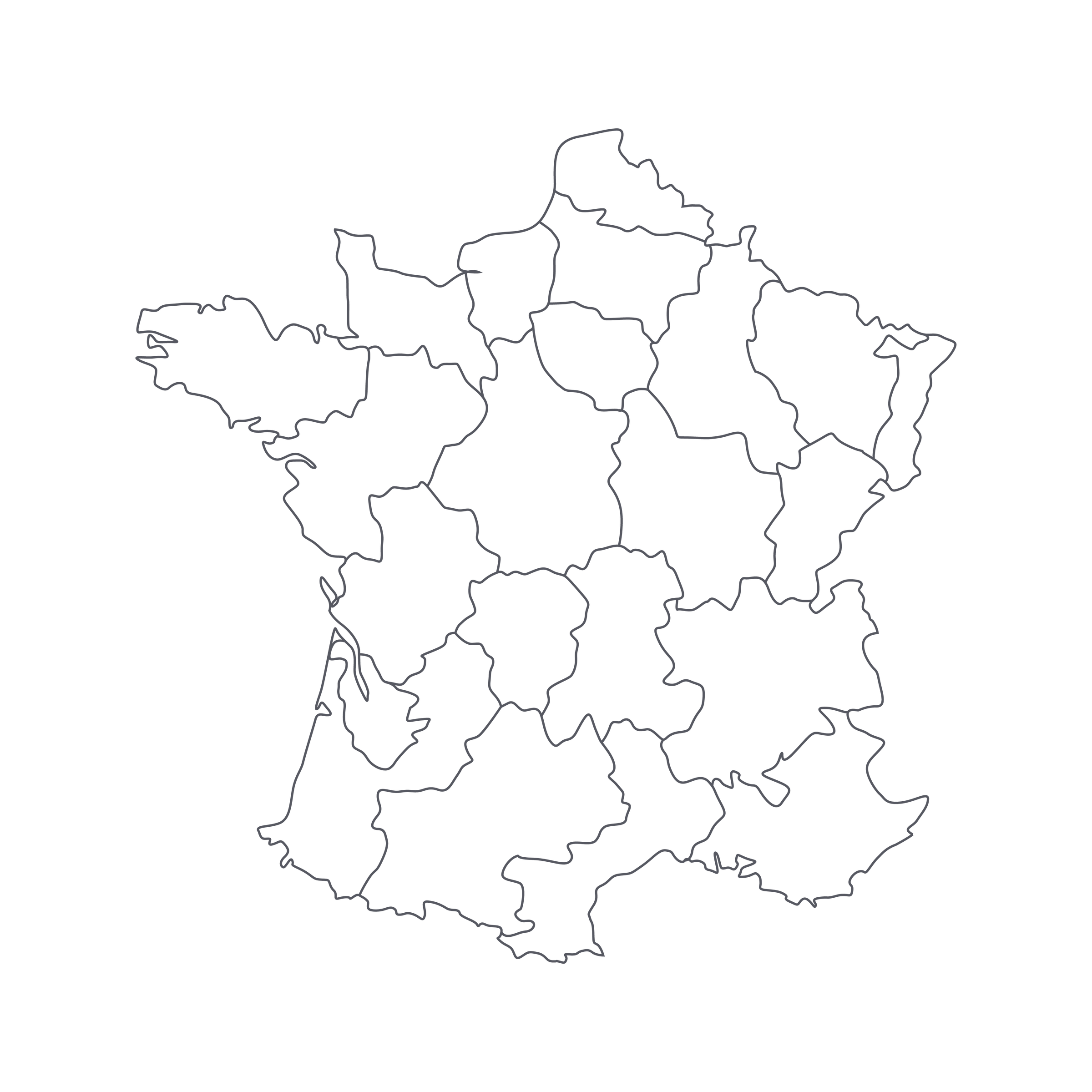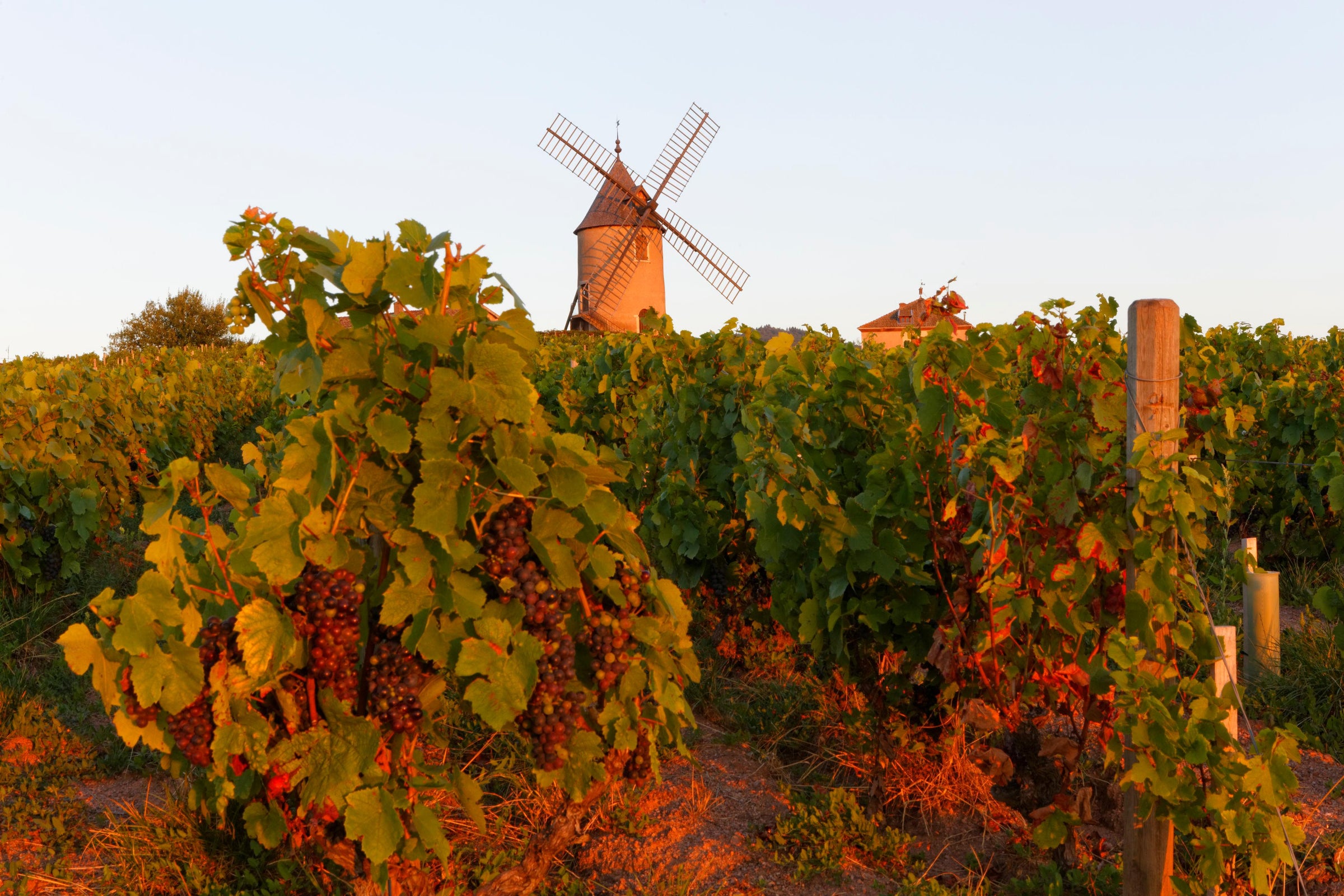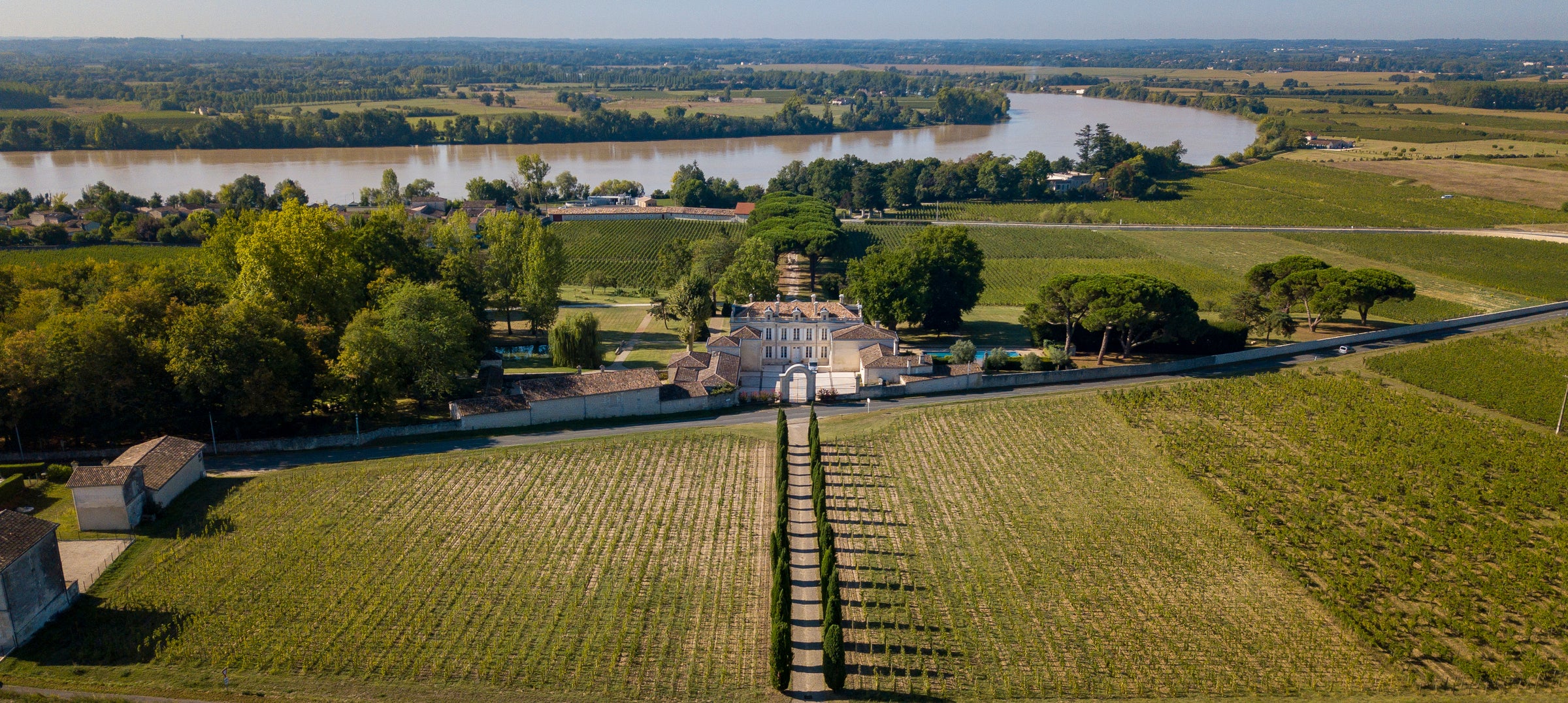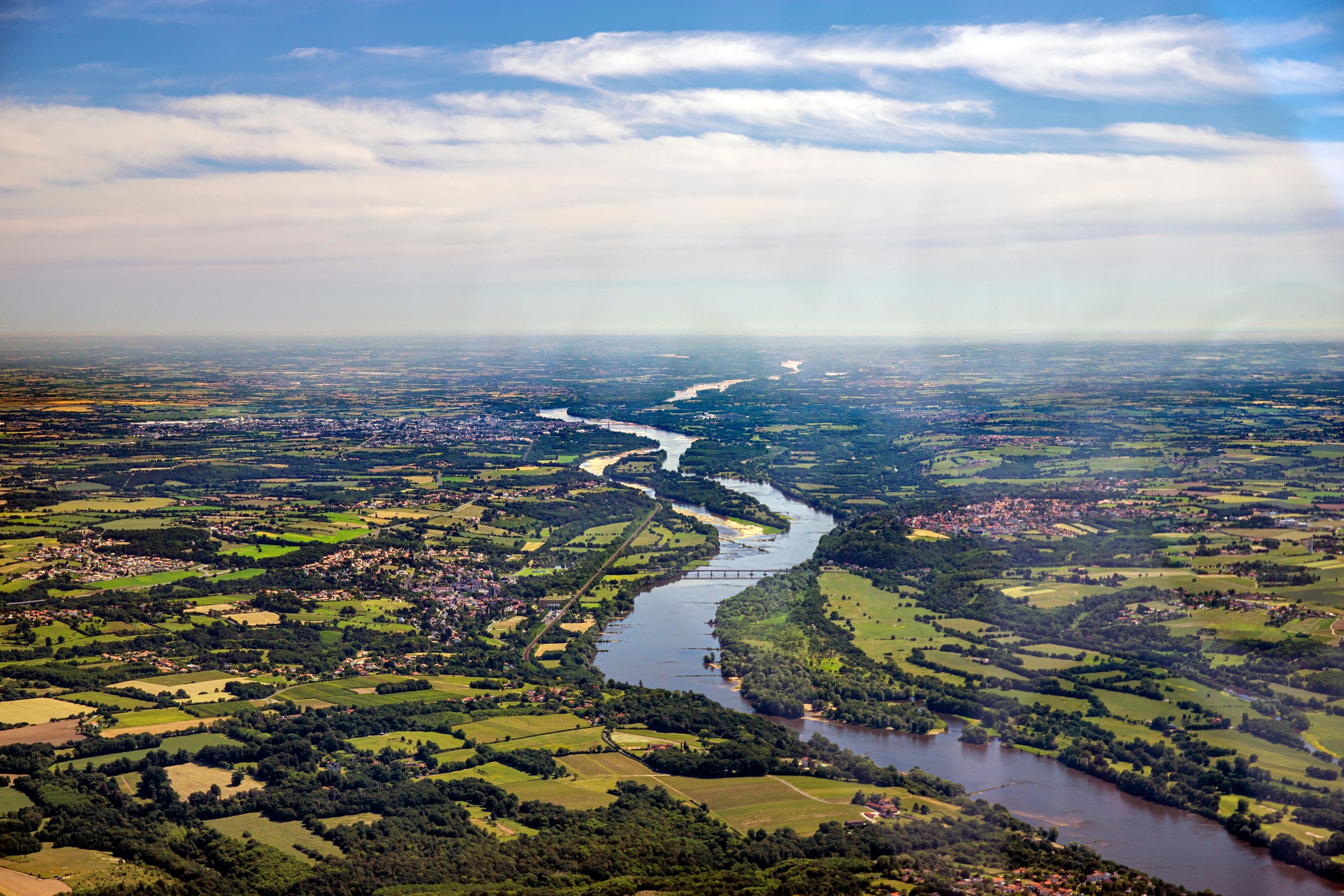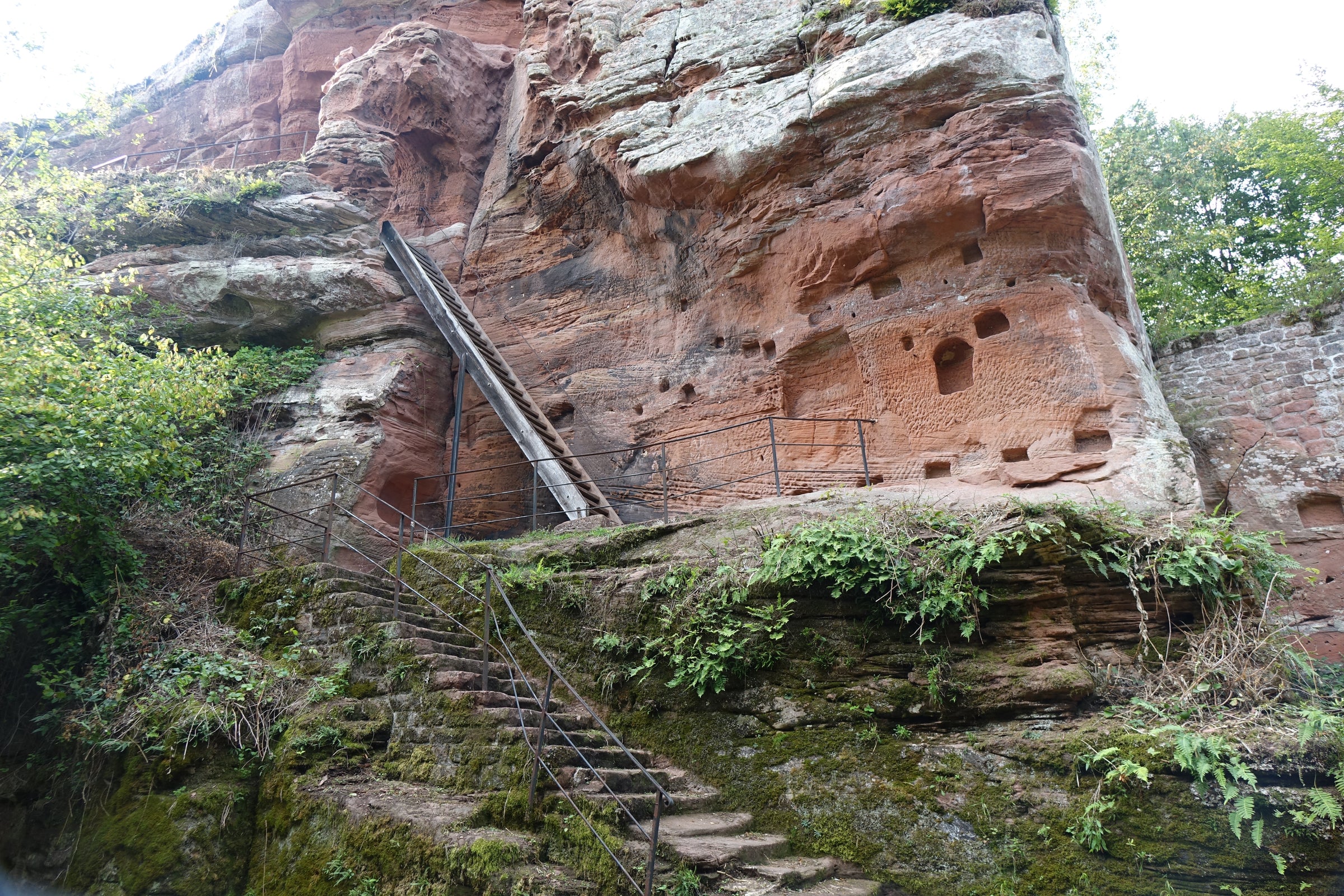Today, we have a “desert-island” white for you. If you don’t know what that means, it’s the kind of wine you’d be happy to have if you were trapped on a desert island with just one wine to drink in perpetuity. Yes, that’s a big endorsement, but the Nicolle family’s wines offer such a pitch-perfect snapshot of place and grape, at such a reasonable price, I can’t help myself.
Of course, I am biased because of my love for Burgundy (maybe you’d rather drink German Riesling on your desert island…who’s to say?), but you really can’t ask for a more complete white wine at this price point: It’s got breadth on the palate, chiseled-from-stone minerality, alluring aromatics, and slap-in-the-face freshness that bodes well for aging. When we offered the 2016 vintage of this wine, the response from subscribers was swift and adoring, so I might well have waved this 2018 right into our warehouse sight-unseen—except we don’t do that! Aside from wanting to personally vet everything we sell, I wanted to experience Nicolle’s “Vieilles Vignes” again for myself! As you can probably tell, I was not disappointed.
The Paul Nicolle domaine is based in the village of Fleys, which sits a few kilometers southeast of Chablis proper, not far from the slope containing the region’s string of Grand Cru vineyards. It was founded in 1979 by Robert Nicolle (Paul’s son) and Josette Laroche, who started making wines from just one hectare of vines. Over the years, they built up their vineyard holdings to 20 hectares—including a few hectares in the Premier Cru “Mont de Milieu,” which is just outside Fleys. Today, it’s Robert and Josette’s son, Charly, who runs the show, working in vineyards concentrated around their home village.
Today’s wine carries the “Vieilles Vignes” moniker, which in this case refers to vineyards averaging 25-30 years of age, spanning about 14 hectares in the towns of Chablis, Fleys, Chichée and Béru. Fermented and aged in stainless steel, it spends more than a year in tank aging on its lees, lending it creamy depth to complement its pronounced mineral character. As was the case with the 2016, the wine has both depth and approachability but amazing tension and mineral depth as well—as the climate warms, Chablis wines are showing more ripeness and extraction on the palate, without losing the nerve that lends them the ability to age. In terms of its tautness and minerality, it’s reminiscent of greats like Raveneau; it should age a decade-plus with ease.
In the glass, Nicolle’s 2018 is a pale yellow-gold with flecks of green and silver. Scents of yellow apple, lime blossom, stone fruits, lemon curd, white button mushroom, chalk dust, and wet stones carry over to a palate leaning toward medium-plus in body, with that trademark
Chablisienne push-pull of ripe fruit and mouth-watering freshness/minerality. This is as good as village-level Chablis gets, and there are many Premier Cru bottlings this wine will eclipse, so frankly, ignore the price tag and treat it like something fancier: Splash it in a decanter 30 minutes before serving in Burgundy stems at 50-55 degrees. Over the course of the next 5-10 years, this will only get better and better, so do consider purchasing in quantity: This wine paired with simply-prepared sole or halibut will take the ‘everyday’ wine/food experience to another level—our
raison d’être here at SommSelect. Enjoy!


